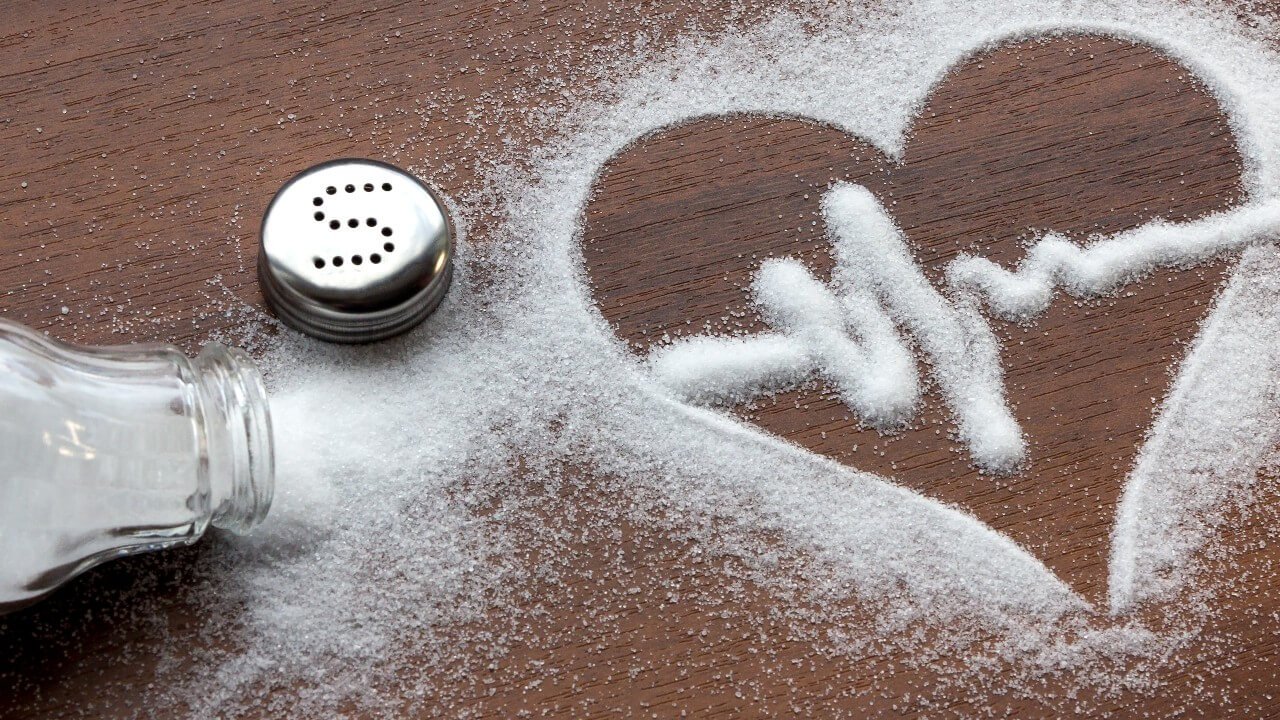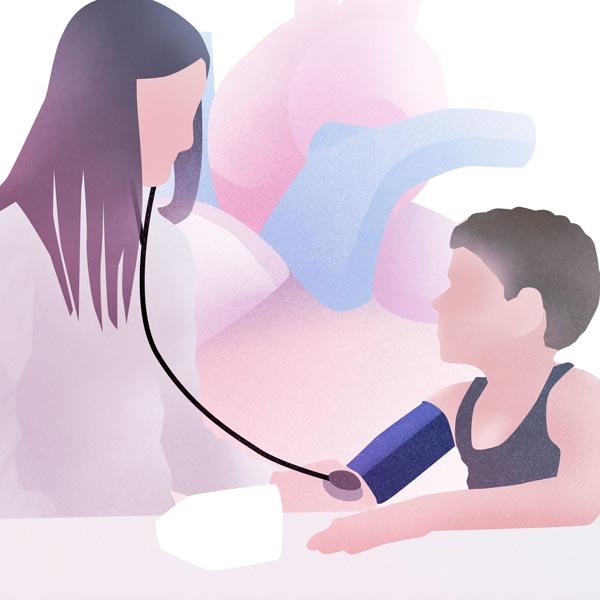
Crisis hipertensiva en la adolescencia: un desafío diagnóstico y terapéutico
Beatriz Teixeira, Luís Salazar, Liliana Rocha, Conceição Mota
Beatriz Teixeira1, Luís Salazar1, Liliana Rocha2, Conceição Mota2
- Servicio de Pediatría, Centro Materno-Infantil do Norte, Centro Hospitalar Universitario de Santo António, Porto, Portugal.
- Unidad de Nefrología Pediátrica, Centro Materno-Infantil do Norte, Centro Hospitalar Universitario de Santo António, Porto, Portugal.
Resumen
La hipertensión (HTA) en la población pediátrica tiene una incidencia creciente. En los niños, la HTA secundaria suele ser la forma más frecuente, y su estudio exhaustivo resulta esencial para identificar causas subyacentes y prevenir lesiones en órganos diana.
Se presenta un caso clínico de una adolescente de 15 años con riesgo social y antecedentes personales y familiares insuficientemente conocidos. Desarrolló HTA que se presentó como una crisis hipertensiva, asociada a cuadro clínico de hipertensión intracraneal idiopática, daño renal e hipertrofia ventricular izquierda, tras un cuadro de faringitis estreptocócica.
Se sospechó de HTA vasculorrenal (HTA-VR) por su epidemiologia y en función de las pruebas de imagen, con indicios de irregularidad del calibre de la arteria renal derecha en angiorresonancia magnética. Se inició tratamiento antihipertensivo, con la necesidad de una escalada terapéutica progresiva, pero que logró estabilizar las cifras de presión arterial. Se realizó un estudio etiológico exhaustivo. A pesar de ello, la etiología de la HTA permaneció sin aclararse, persistiendo el daño renal con proteinuria. La angiografía no confirmó el diagnóstico de HTA-VR, quedando en espera del estudio genético y la biopsia renal.
Este caso destaca la importancia de la evaluación exhaustiva de la crisis hipertensiva en la adolescencia y de su diagnóstico temprano con el fin de prevenir la progresión del daño renal y otras complicaciones (como hipertrofia cardiaca). Resalta, además, las dificultades individuales en el manejo de los antihipertensivos y la discrepancia entre la sospecha clínica de HTA-VR respaldada por angiorresonancia magnética y la falta de confirmación mediante angiografía renal.
Palabras clave: Hipertensión arterial, crisis hipertensiva, fármacos antihipertensivos, hipertensión vasculorrenal.
Abstract
Arterial hypertension (AHT) has a growing incidence among the paediatric population. Secondary AHT is the most frequent form in children and a comprehensive study is essential to identify its underlying causes and prevent lesions in target organs.
We present the clinical case of a 15-year-old female adolescent in a situation of social risk, with a personal and family history that are insufficiently known. She developed AHT, which presented as a hypertensive crisis associated with clinical symptoms of idiopathic intracranial hypertension, kidney injury and left ventricular hypertrophy after symptoms of streptococcal pharyngitis.
Due to the epidemiology, renovascular hypertension (RVHT) was suspected, and imaging tests with magnetic resonance angiography found evidence of an irregular calibre of the right renal artery. Antihypertensive treatment began, with the need for a progressive increase in therapy, which managed to stabilise blood pressure levels. A comprehensive aetiological study was performed. Despite this, the aetiology of the AHT remained unclear, with a persistence of kidney injury and proteinuria. Arteriography did not confirm the diagnosis of RVHT, and the results of genetic testing and kidney biopsy are pending.
This case underlines the importance of a comprehensive evaluation of hypertensive episodes during adolescence and of early diagnosis in order to prevent the progression of kidney injury and other complications (such as hypertrophic cardiomyopathy). It also highlights individual difficulties in the management of antihypertensive drugs and the discrepancy between clinical suspicion of RVHT supported by magnetic resonance angiography and a lack of confirmation by means of renal arteriography.
Keywords: hypertension, hypertensive crisis, antihypertensive drugs, renovascular hypertension.



